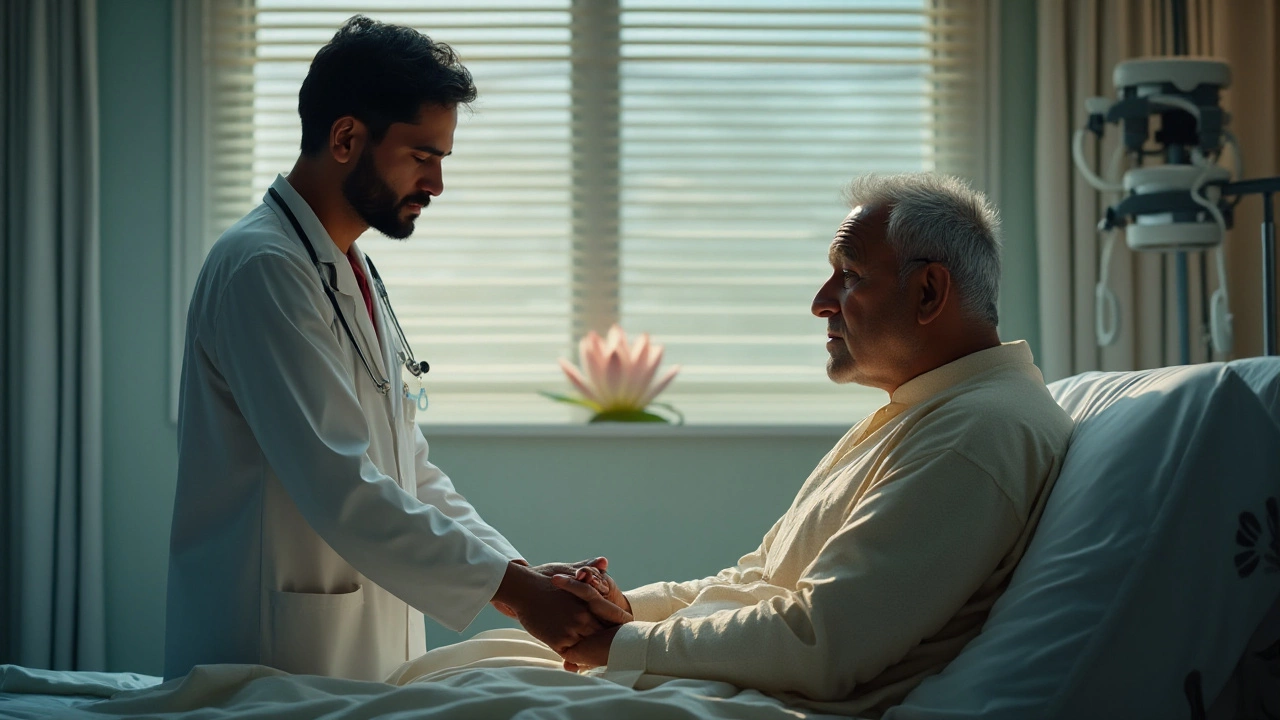Understanding Painful Cancer Therapy
When dealing with painful cancer therapy, the intense physical discomfort that can accompany cancer treatments such as chemotherapy, radiation, and immunotherapy. Also known as cancer treatment pain, it often forces patients to adjust daily activities and seek extra medical support. Painful cancer therapy isn’t just a side note; it shapes how patients experience their whole treatment journey. It encompasses a range of sensations—from burning skin after radiation to nerve tingling caused by certain chemo drugs—making pain a central factor in treatment decisions.
One of the biggest contributors is chemotherapy, a systemic drug regimen that targets rapidly dividing cells but also attacks healthy tissue, leading to neuropathy, mucositis, and bone‑pain. Patients often describe a lingering ache that can last weeks after infusion ends. Another major source is radiation therapy, high‑energy beams focused on tumors that can inflame surrounding skin and muscles, producing sharp or throbbing pain in the treated area. Immunotherapy, while a breakthrough for many cancers, brings its own set of challenges: immune‑related inflammation can trigger joint pain, muscle aches, and even severe autoimmune reactions. Together, these modalities form a painful triad that requires proactive management. The relationship can be expressed as a semantic triple: Painful cancer therapy encompasses chemotherapy, radiation therapy, and immunotherapy. Recognizing each component helps clinicians tailor pain‑relief plans that target the underlying mechanism rather than just masking symptoms.
Managing the Discomfort: Strategies That Work
Effective pain control starts with a clear assessment—what type of pain, when it spikes, and which treatment triggered it. Doctors often combine medications like opioids, NSAIDs, and adjuvant drugs (e.g., gabapentin for nerve pain) with non‑pharmacologic tools such as physical therapy, acupuncture, and mindfulness techniques. Lifestyle tweaks—adequate hydration, gentle stretching, and balanced nutrition—can also reduce chemotherapy‑induced cramps and radiation‑related skin irritation. Importantly, many patients benefit from a multidisciplinary approach: oncologists, pain specialists, and mental‑health professionals collaborate to address both the physical and emotional dimensions of pain. This reflects another semantic triple: Pain management requires supportive care and targeted medication. By looking at the broader picture, patients can stay active, maintain better quality of life, and even improve treatment adherence.
The collection below showcases real‑world stories, expert tips, and up‑to‑date research on every facet of painful cancer therapy—from understanding why certain drugs cause neuropathy to discovering the latest guidelines for radiation‑induced skin care. Dive in to find the practical insights you need to navigate treatment‑related pain with confidence.
